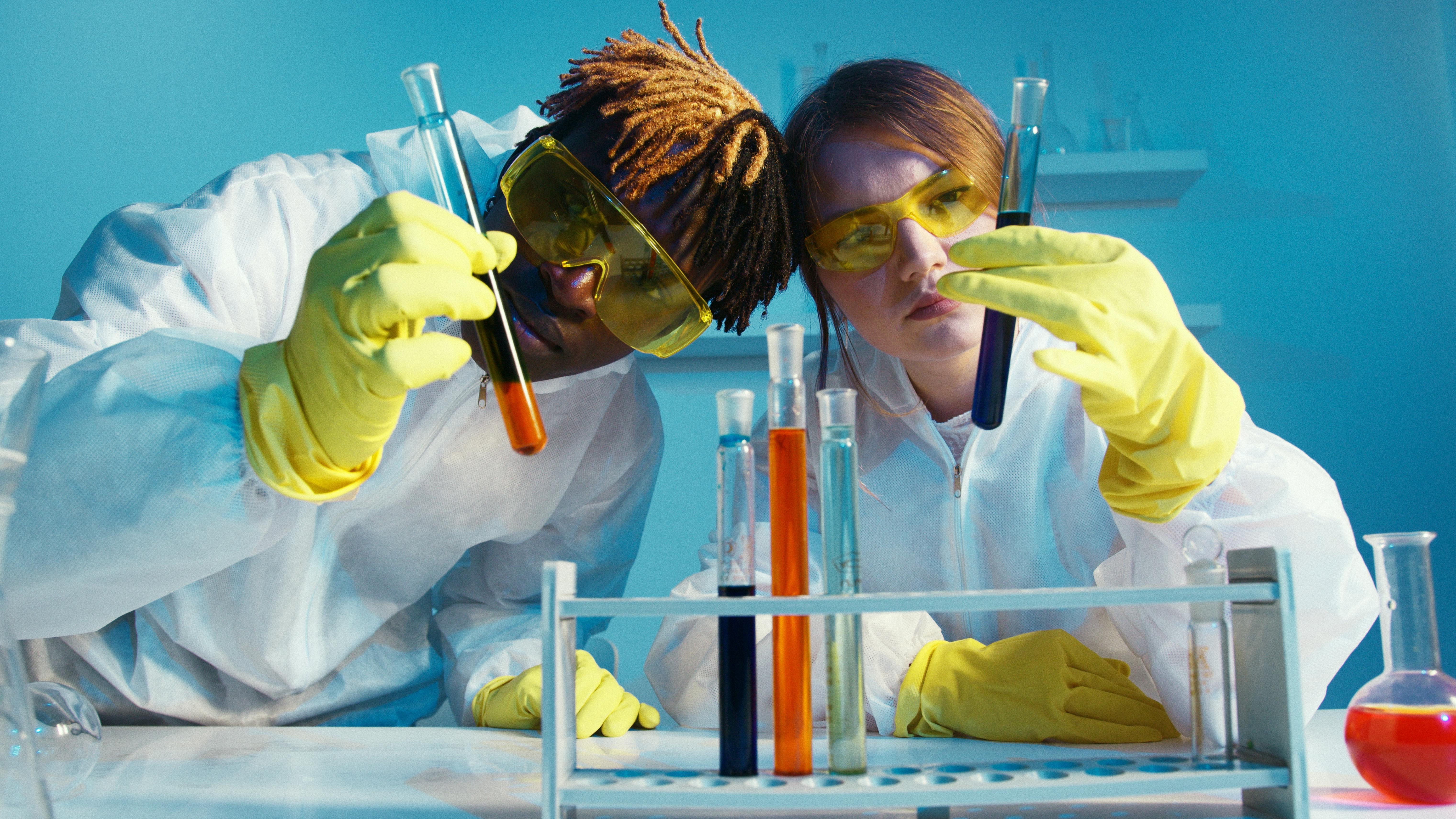In the realm of clinical research, ensuring the safety of participants is of utmost importance. This is where pharmacovigilance comes into play. Pharmacovigilance is like a guardian angel watching over clinical trials, working tirelessly to detect and prevent any potential risks associated with investigational drugs. Let's delve into the world of pharmacovigilance and explore its crucial role in safeguarding the health and well-being of clinical trial participants.
Understanding Pharmacovigilance
Pharmacovigilance is like a safety net in clinical research, focusing on the detection, assessment, and prevention of adverse effects or any other drug-related problems. It's all about monitoring the safety of investigational drugs throughout the duration of clinical trials and beyond, even after they're approved and available on the market. Pharmacovigilance ensures that any potential risks associated with drugs are identified and managed appropriately to protect the health of patients.
Detecting Adverse Events
One of the primary responsibilities of pharmacovigilance is to detect adverse events, which are like red flags signaling potential safety concerns. Adverse events can range from mild side effects, such as headaches or nausea, to more serious complications that may require medical intervention. Pharmacovigilance teams closely monitor clinical trial data, analyzing reports of adverse events and assessing their severity and potential relationship to the investigational drug.
Assessing Risk-Benefit Profile
Pharmacovigilance is like a detective, constantly evaluating the risk-benefit profile of investigational drugs to ensure that the potential benefits outweigh any potential risks. This involves conducting thorough analyses of safety data from clinical trials, comparing the incidence of adverse events with the anticipated benefits of the drug. By assessing the risk-benefit profile, pharmacovigilance helps inform regulatory decisions and guide healthcare providers in making informed treatment choices.
Preventing Safety Issues
In addition to detecting and assessing adverse events, pharmacovigilance is like a proactive guardian, implementing measures to prevent safety issues before they occur. This may involve developing risk management plans, implementing post-marketing surveillance programs, and providing education and training to healthcare professionals about the safe use of drugs. By identifying potential risks early on and implementing preventive measures, pharmacovigilance helps minimize harm to patients and improve overall drug safety.
The Role of Clinical Research Training in Pharmacovigilance
For individuals looking to contribute to the field of pharmacovigilance, proper training is essential. A Clinical Research Course offered by a reputable Clinical Research Training Institute provides aspiring pharmacovigilance professionals with the knowledge and skills needed to effectively monitor and ensure the safety of investigational drugs. From understanding regulatory requirements to mastering data analysis techniques, a comprehensive Clinical Research Training equips individuals with the tools they need to excel in pharmacovigilance roles.
Conclusion
Pharmacovigilance is like a beacon of safety in the world of clinical research, working tirelessly to detect, assess, and prevent potential risks associated with investigational drugs. By closely monitoring adverse events, assessing risk-benefit profiles, and implementing preventive measures, pharmacovigilance helps safeguard the health and well-being of clinical trial participants. For individuals looking to embark on a career in pharmacovigilance, proper training through a Clinical Research Course from a reputable Clinical Research Training Institute is essential. With the right knowledge and skills, pharmacovigilance professionals can contribute to the advancement of drug safety and improve patient outcomes.


